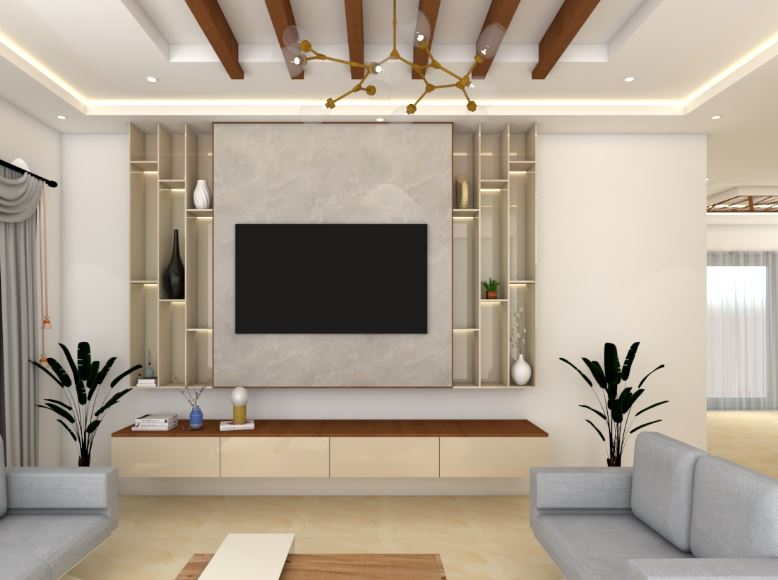Lighting is one of the most important yet often overlooked aspects of interior design. Beyond aesthetics, lighting influences our moods, behaviors, well-being and how we experience interior spaces in significant ways. Whether moving into a new home or seeking to revitalize existing spaces, carefully considering your lighting needs ensures maximum brightness and home functionality. This interior lighting guide explores seven expert tips and recommendations to help craft the ideal indoor lighting schemes for any home interior.

Tip 1: Consider Ceiling Height
Proper lighting fixture selection begins with assessing ceiling heights. Pendants and fixtures often come with adjustable cables or stems, but some have fixed lengths which could result in a light that hangs too low or high. Always measure carefully, and as a rule of thumb aim for 12-20 inches clearance below an 8 foot ceiling, adding 3 inches of cord length for each additional ceiling foot. This prevents an awkward fixture placement.
Tip 2: Emphasize Tabletop Lighting
Directing sufficient illumination over dining surfaces requires properly positioning overhead fixtures or pendants centered 28-34 inches above tables and islands. Smaller lights can sit lower while larger fixtures suit higher placement. Distance determines visibility without shadows detracting from enjoying meals together.
Tip 3: Factor Furniture Placement
Account for intended furniture arrangements whenever plotting lighting positions. With design evolution, fixtures easily become obstructed if added only at a project's end. Visualize where task, accent and mood lighting enhances activities flowing seamlessly throughout spaces as intended.
Tip 4: Consider Recessed vs. Exposed Elements
Elegant simplicity imbues lighting concealed behind drywall, keeping fixtures hidden to concentrate only on light's spread. However visible architectural fixtures introduce decorative details. Consider each style's affect suiting specific design goals. Recessed lighting installation requires electrical expertise for wiring conduit runs.
Tip 5: Emphasize Color Temperature
Soft warmth suits living areas better than cold sterility. Warmer tones around 2700-3000K maintain coziness through shorter winter nights. Cooler 3500-5000K suits kitchens and work zones better for focus under daylight simulations. Tailor color temperature choices fitting space usage with care.
Tip 6: Personalize with Mood Lighting
Beyond basic illumination standards, people gravitate toward multifaceted lighting experiences catering to different activities and atmospheres. Add personality layering general light with dimmable adjustable pendants, table and floor lamps tailored towards reading, relaxing conversations and feature accenting.
Tip 7: Embrace Daylight Integration
Natural light uplifts more than any fabricated source. Welcome windows, skylights, solar tubing and other residential daylighting innovations. Strategically placed mirrors and wall washing fixtures maximize illumination from nature entering living areas throughout homes whenever possible.
Research-based guidance and insights, combined with personalized customization per homeowners' unique priorities, enables realizing ideal interior lighting combinations in any space. Whether renovating established residences or designing from-the-ground-up new constructions, this thorough exploration of optimized approaches elevates the entire home experience through thoughtfully crafted indoor environments supported by lifetime warranties when installed by Hiller's experts.
